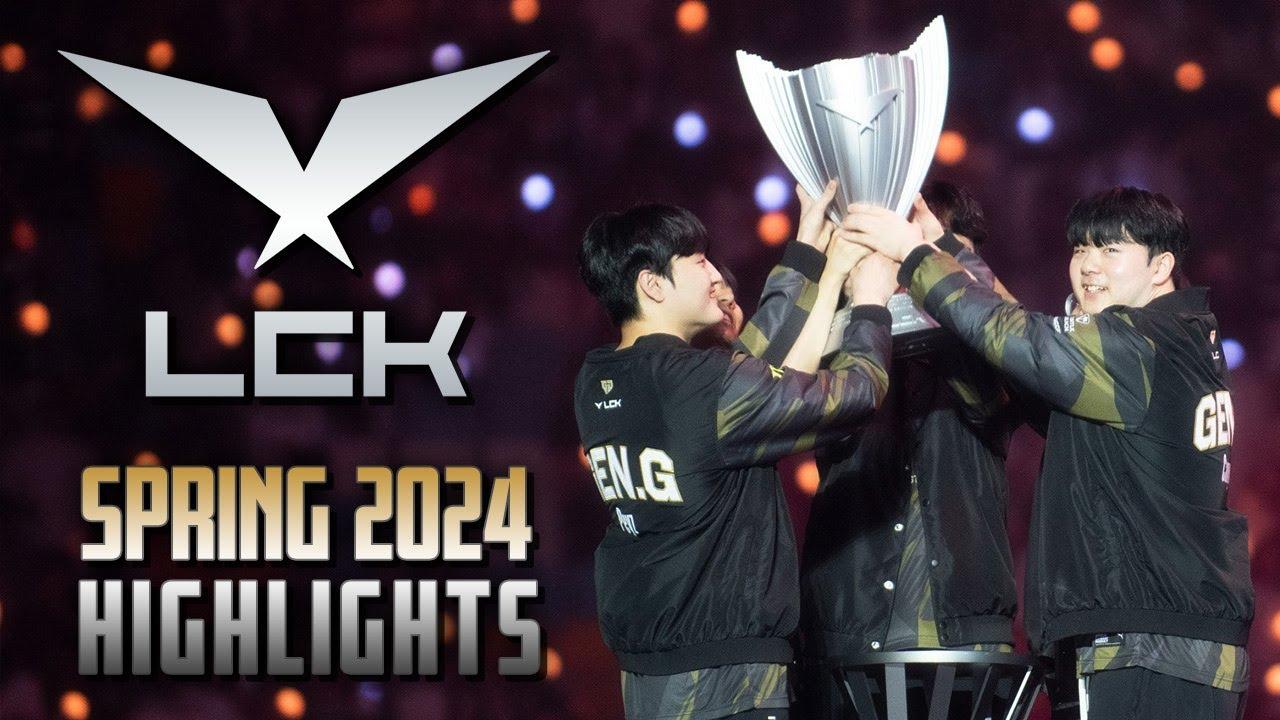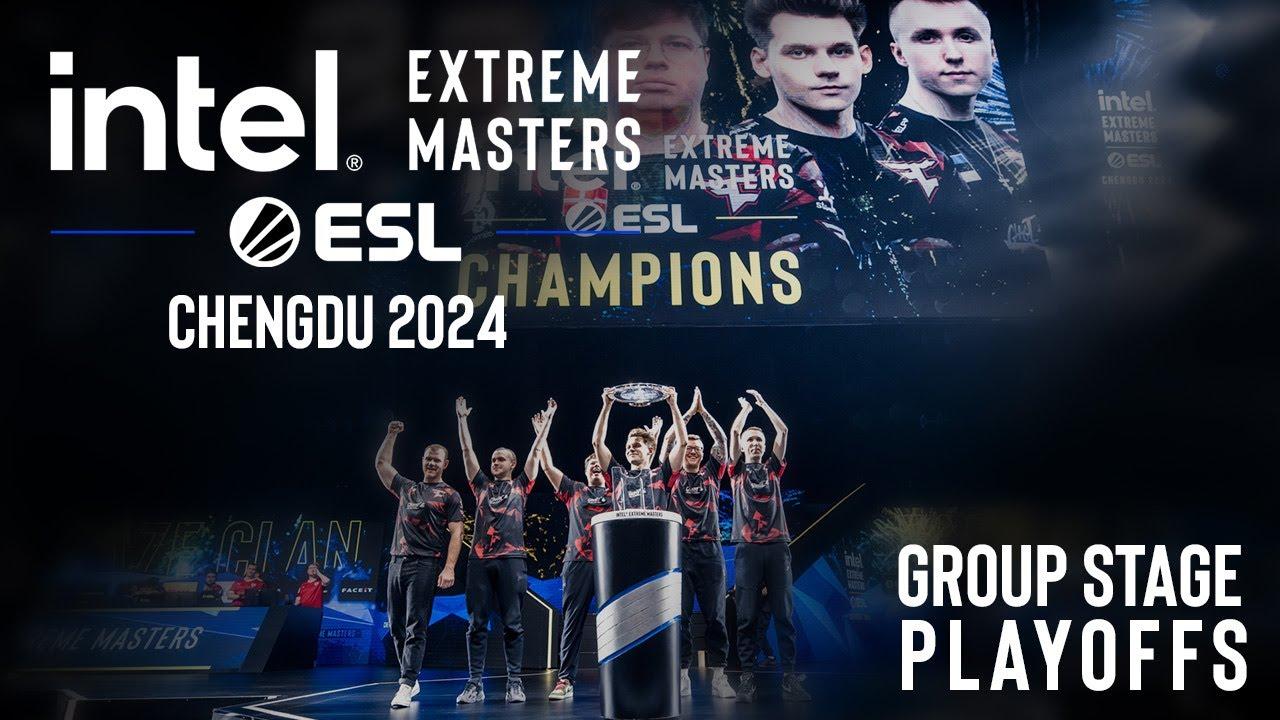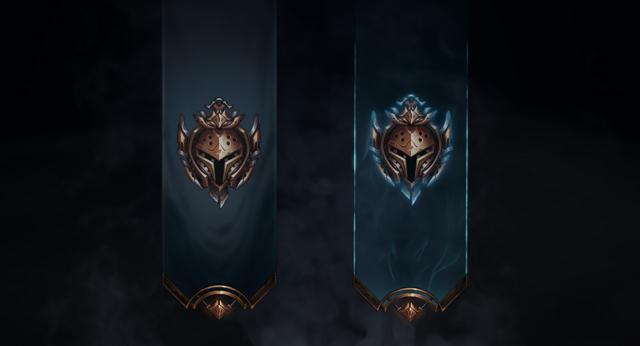
Here’s how MMR and LP work to affect your League of Legends rank
Which rank a League of Legends player is placed in depends on two different ranking systems. Players are familiar with League Points, but there’s also a hidden Match Making Rate, more popularly known as MMR.
MMR is something that used to be a lot more accessible to players in League’s earlier seasons, however the situation changed since the introduction of LP. Not even third party websites can give accurate information about players’ MMR, so there’s no obvious way of knowing it.
But that doesn’t mean it’s hard to understand the principles behind MMR. Here’s the difference between LP and MMR, and how both ranked systems work together.
How does MMR work?
MMR is used to determine the skill level of a player, and it’s what matchmaking is based on. This is true for all game modes, including both ranked or normal. In ranked, silver players can find themselves playing with gold or bronze players, even though it might seem that they shouldn’t be based on their division and LP. This is due to their MMR.
The math behind MMR is complicated, but it mostly depends on two things: the players’ current win rate and win or loss streak. If a player has a negative win rate, meaning they recently lost most of their games, the MMR system will conclude their matchmaking placement is too high for their skill level, thus lowering the rating. The opposite happens for more positive win rates and for win streaks. Streaks will make players gradually gain or lose more or less MMR, depending on the nature of the streak.
What is LP?
LP determines players’ ranked divisions. Players can place in iron, bronze, silver, gold, platinum, diamond, master, grandmaster, and challenger ranks. Ranks lower than master each have five divisions, while higher ranks are single-tier ranks reserved for only the very best players and solely depend on LP. These points are earned through wins and taken away for losses.
Players need to earn 100 LP to get an opportunity to climb a division. Once 100 LP is earned, they need to win most of the matches in a promotional series to reach the next level. On rare occasions, players will skip a division, but this highly depends on their MMR. The opposite happens as well, but isn’t quite as rigorous. Once a few matches are lost at 0 LP, players will be demoted.
How MMR and LP work together
LP couldn’t work without MMR. In fact, the exact amount of LP gained or lost after a ranked game depends on MMR. Not only is the MMR of the player in question taken into consideration, it’s also the MMR of both teams that participated in the game and the average MMR of the player’s division.
All of these metrics are taken in mind to calculate if a player is competing with players of an appropriate skill level. If they show better than their division on average and win games against teams with higher MMR, they will gain more LP as the system will push them towards a higher rank, one that it thinks the player more appropriately belongs in.
Likewise, a player who’s struggling to win against weaker teams and other players within their rank will lose more and more LP until they’re demoted to a more accurate skill rank.
Recommended
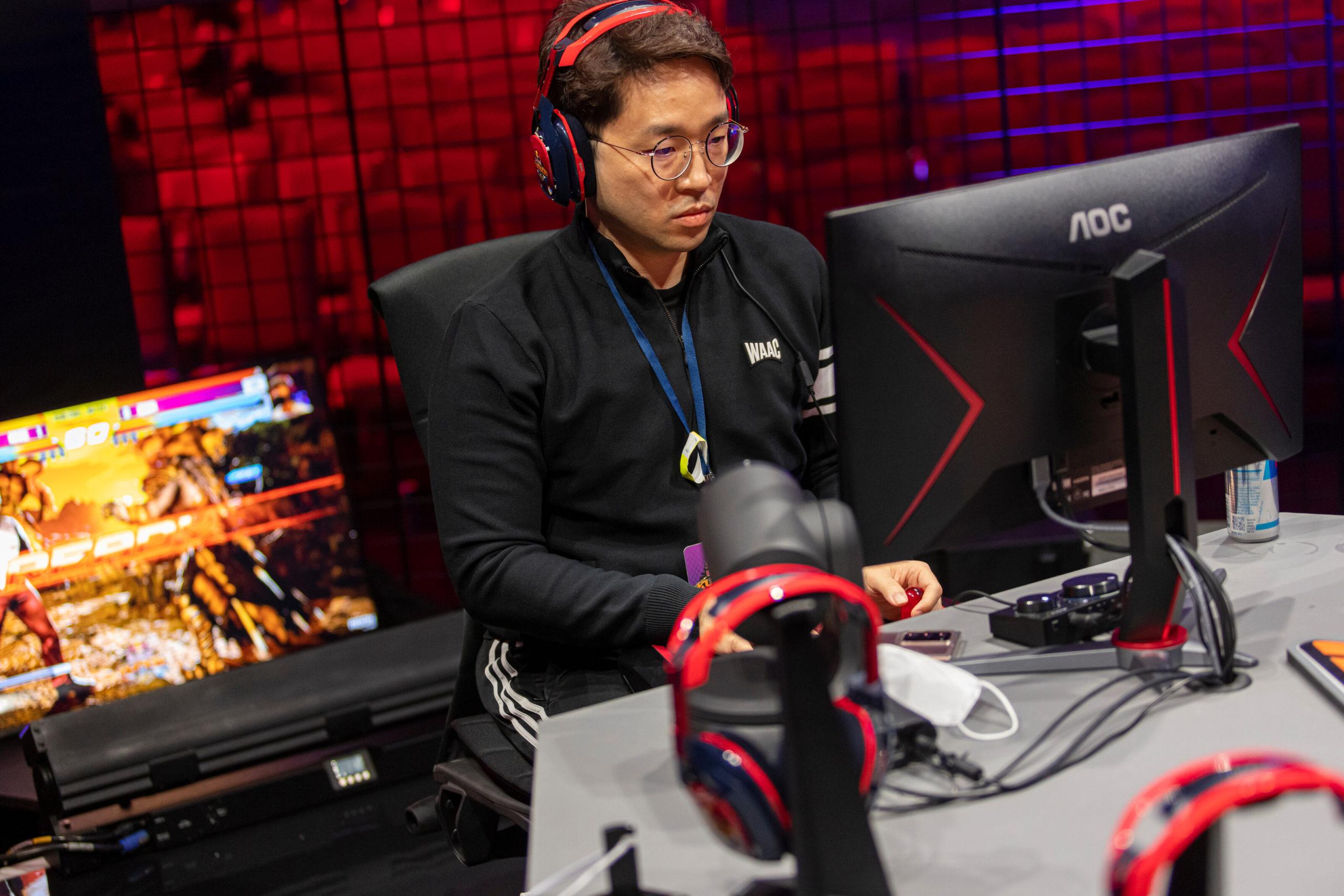
Tekken pros argue if Tekken 8 is a good game or nah
Is Tekken 8 too aggressive for the OGs?
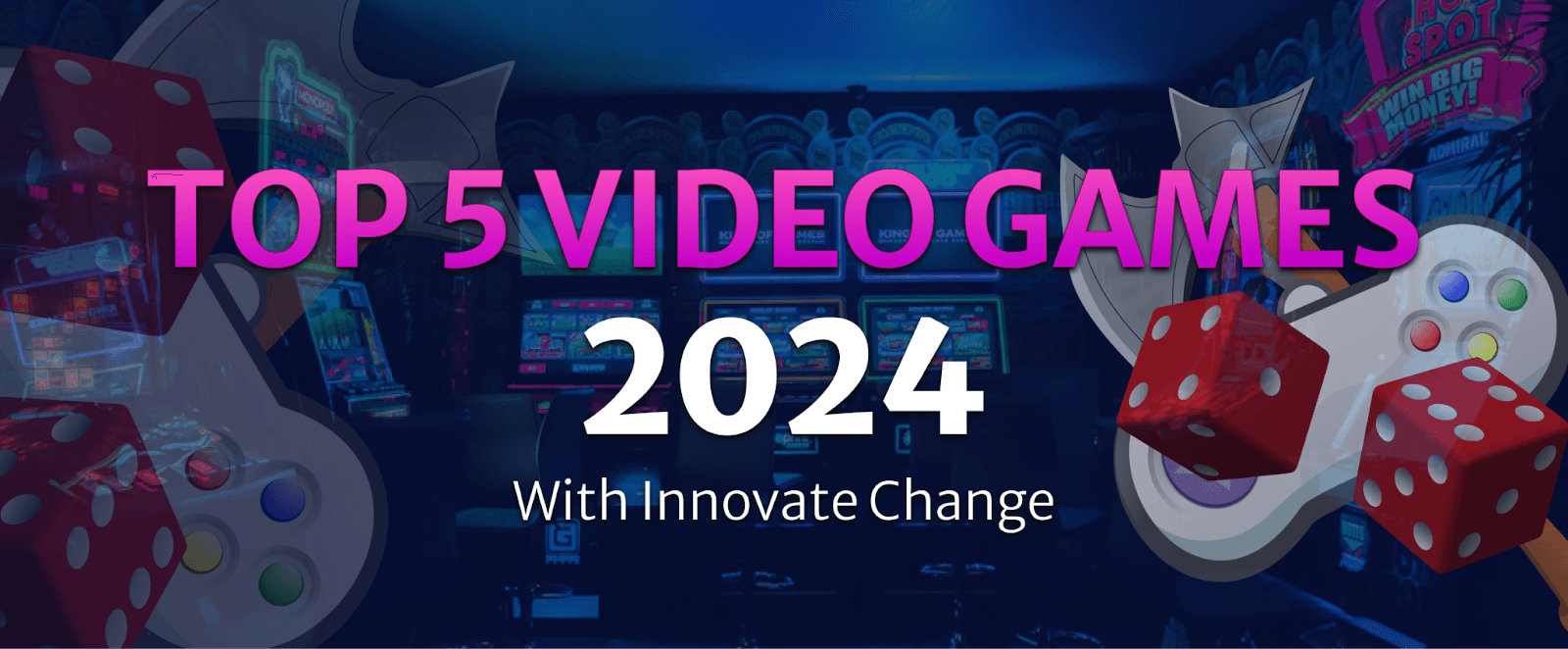
Innovate Change: Discover 2024’s Top Five Video Games with Innovate Change
Innovate Change’s team has carefully selected the most exciting titles that are sure to impress...


